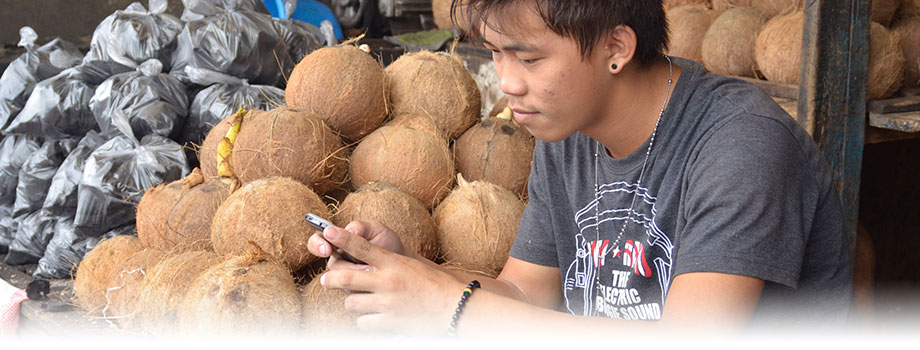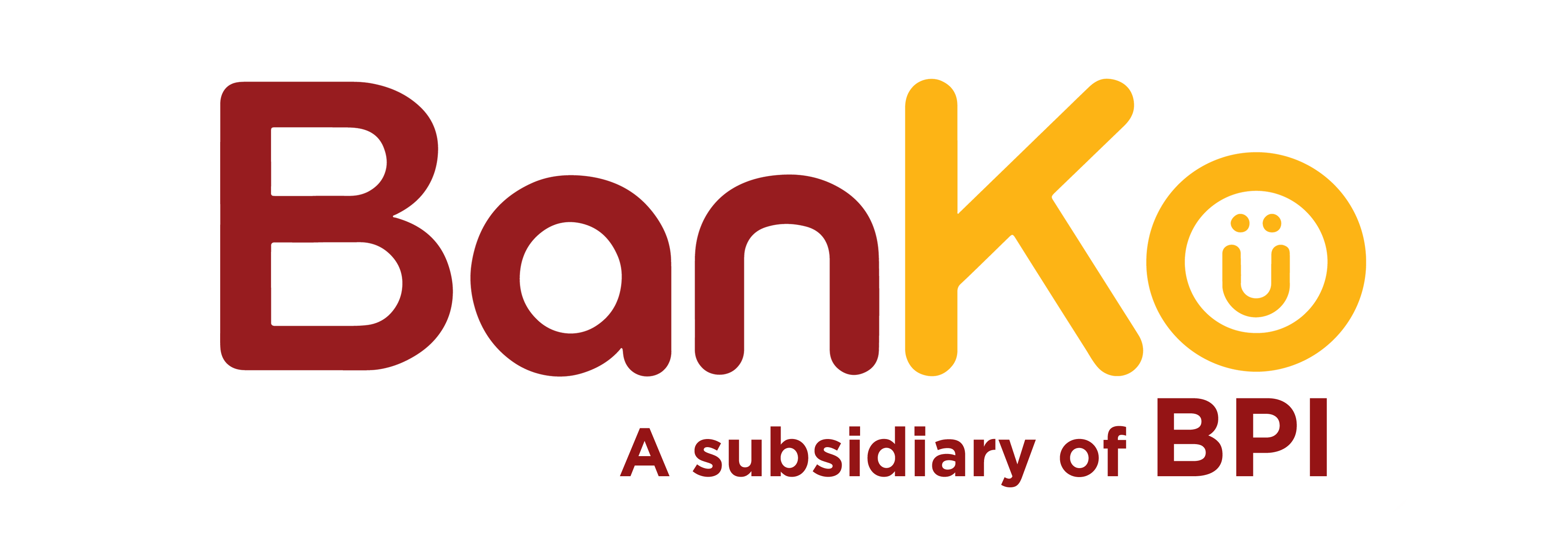How Mobile is Becoming a Weapon Against Poverty

Innovations in mobile technology are continuing to change how we live, from how we interact with each other to how we do business. With all its capabilities, one has to ask: what is mobile technology for the poor?
Mobile technology certainly has brought new conveniences and brought about cultural changes in the US, Europe and Asia, but even in the poorest areas of the world, affordable mobile phone access has caused what CNN calls a “quantum leap in services”. The cellphone gives the poor access to services like medical attention or starting a savings account—basic things that more developed countries tend to take for granted.
Poverty can almost be equated to isolation and not just in the physical sense. It results from the lack of access to what most of us consider basic—emergency health services, education, government services and so on. What mobile technology is doing is ending that isolation, making it a transformative weapon against poverty.
Mobile money in Kenya
Safaricom partnered with UK’s Vodafone to start M-PESA (short for mobile pesa, which is Swahili for “money”) services back in 2007 that allowed its customers to transfer their cash digitally through their cellphones. Through M-PESA, cash can be transferred and deposited at one of 20,000 stores. As a result, cash moves and stays in the smaller villages, building up the local economy. In fact, in 2009, 10 percent of Kenya’s GDP was being circulated through Safaricom’s M-PESA, according to a World Bank Report.
Strengthening the public health system in India
To improve the coverage and quality of community health services to the poor, Catholic Relief Services, Dimagi Inc., and local NGO Vatsalya funded a project called Reducing Maternal and Newborn Deaths or ReMiND. ReMiND works by empowering government health workers to use basic mobile phones for client assessment, counselling, early identification, and treatment of pregnancy, postpartum and newborn complications. Data showed that 49 percent of women supported by this program received three or more antenatal care check-ups in their latest pregnancy, a rate that nearly doubles the number of women who reported receiving check-ups. Anecdotal reports also showed increased literacy among the women.
Tapping unbanked Filipinos
A 2012 survey conducted by the Bangko Sentral ng Pilipinas (BSP) showed tha 9 out of 10 heads of Filipino households do not have bank accounts, while 4 out of 10 households do not have cash on hand in case of emergencies. It is this segment that BPI BanKO reaches out to with its mobile banking services. The country’s first mobile-based, microfinance-focused savings bank gives the unbanked access to financial products such as microloans that allow them to improve their living conditions, build their businesses and secure themselves for emergency situations.
